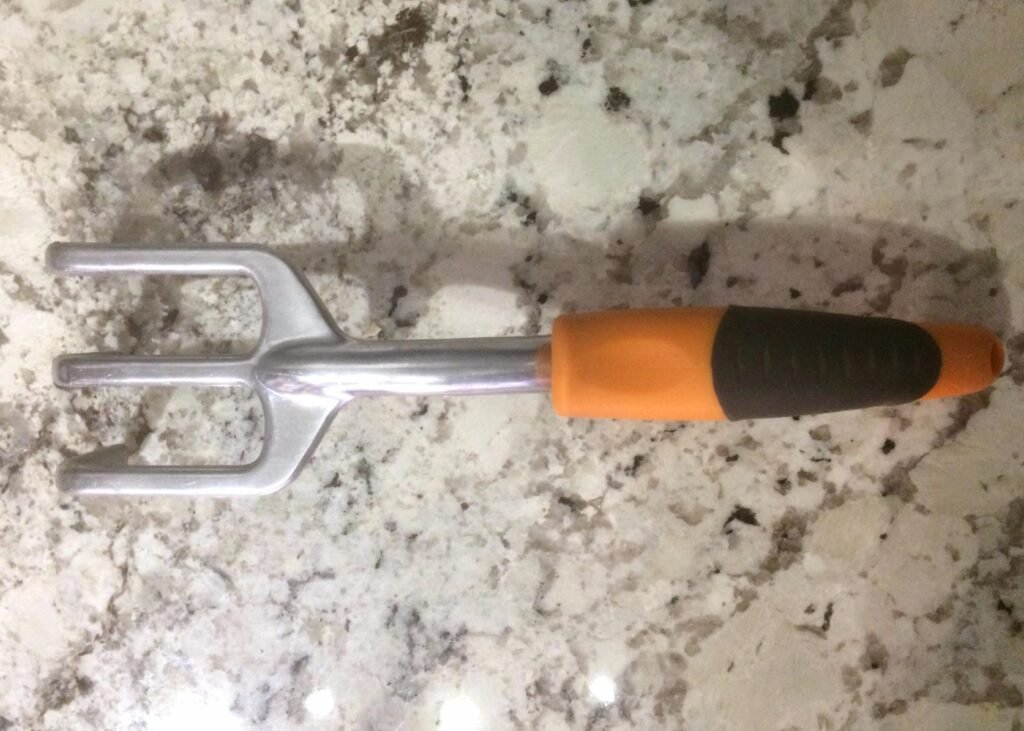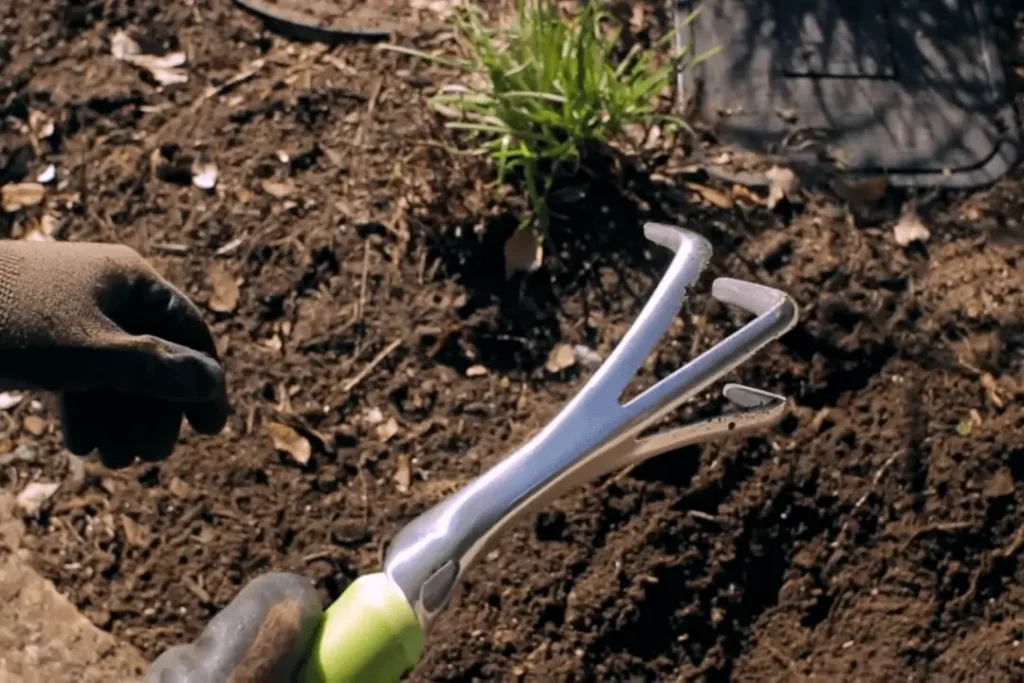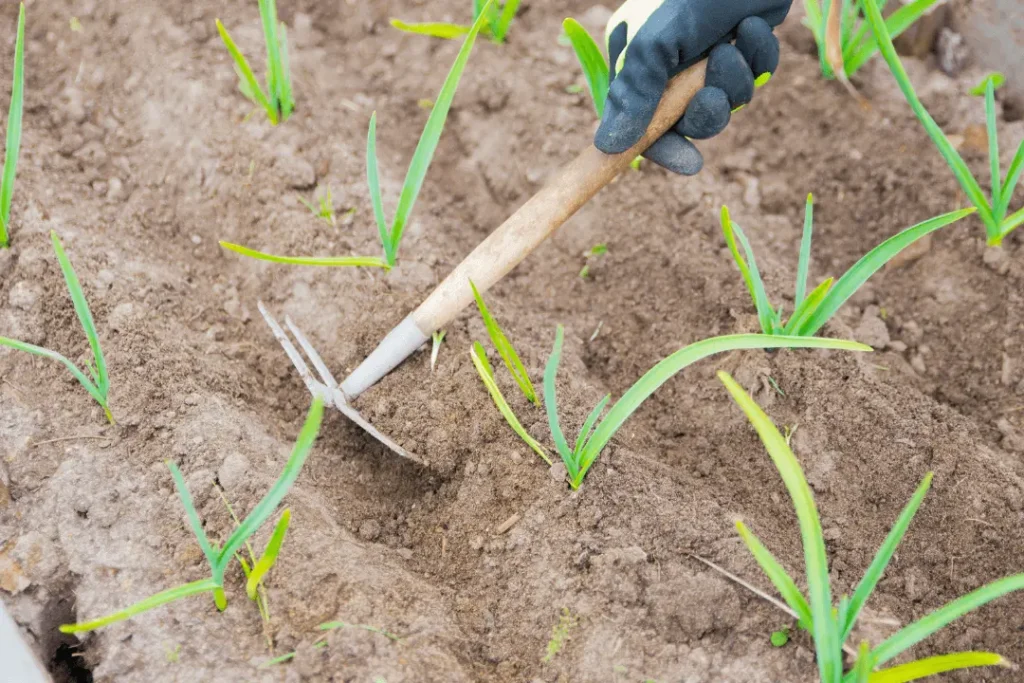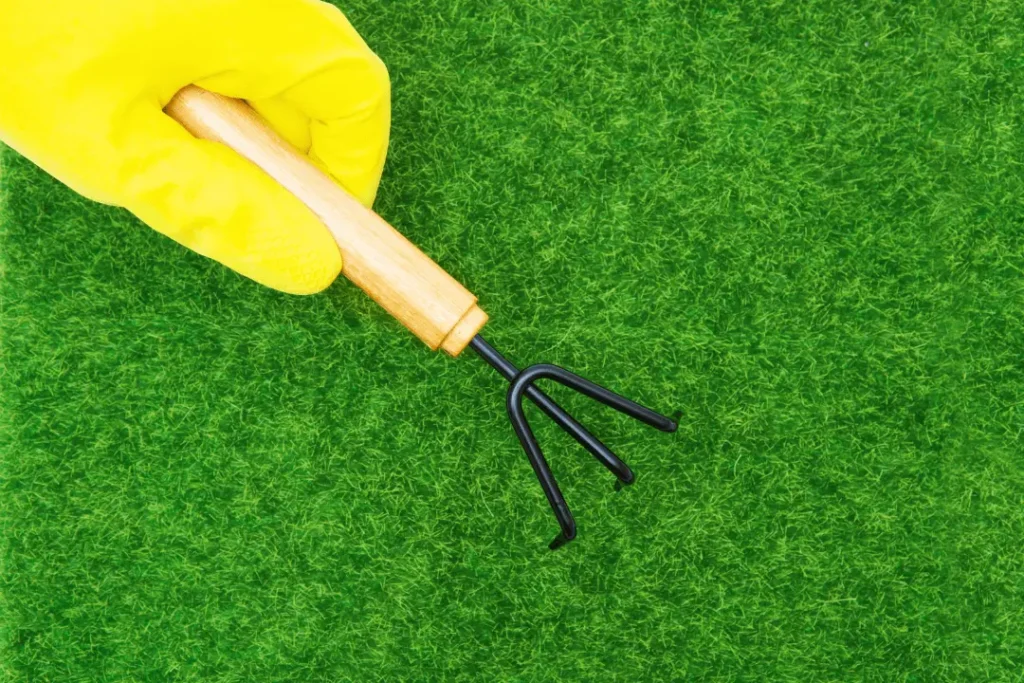The Humble Hand Cultivator: Your Guide to Effortless Soil Prep and Weeding
Everyone who gardens, from the most experienced gardeners to eager novices require a reliable hand-crowning tool in their toolbox. The tool’s versatility may seem easy, but it’s packed with the punch in making sure your garden beds are weed-free and your soil loos and well-aerated.
Hand cultivator is more than just placing it in the soil. This guide will arm you with the information needed to maximize the potential of your hand-crowning tool and make soil preparation and weeding an easy task. Check here latest publish articles smarttoolbuddy.
Meet Your Hand Cultivator
Hand cultivators are available in a variety of styles, but they all feature the following key characteristics:
- Handle It provides a comfy grip to move the tool.
- Tine: These sharp prongs are the most powerful tools of the cultivator. They dig into the soil. The quantity and the arrangement of tines will vary.
- Shank It connects handle and tines, and gives stability.
Best Hand Cultivator

Understanding the Importance of Soil Cultivation
There are two primary reasons why preparing your soil is vital:
- Better aeration If you tear down compacted soil this allows for better flow of air as well as water, which is beneficial for healthy root growth for your plants.
- Controlling weeds: The cultivation of weeds disrupts the roots, and draws them closer up to surface level, which makes them much easier to eliminate.
Here’s a step-by-step guide for using the hand Cultivator

- Prepare the soil: For best results cultivate soil when it is a little moist, but not soggy.
- Handle and Posture: Keep the handle in place with one hand at the top to ensure better control. Keep a good posture and straight backs to avoid stress.
- Permeate the soil: Push the tines straight into the soil until you reach the desired depth (usually between 2-4 inches). Try to make a slight angle towards you for greater leverage.
- Break your Soil Utilizing tines embedded in the soil move the cultivator gently around to break up the soil and to create furrows.
- Repeat and move: Continue pushing, pulling and rocking using the machine in segments to break up the entire bed. Utilize a back-and forth sawing motion to loosen tougher areas.
- The weeds you want to target: As you cultivate the soil, you can expose weed roots with a turn of your soil. Utilize your hands or a weeding device to take them out.
Pro Tips for Mastering Your Hand Cultivator
- Select the appropriate cultivator If you have small garden the 3-prong cultivator could suffice. Larger gardens may require a larger cultivator that has more tines.
- Working in segments: Don’t try to take on the entire bed at one time. Develop manageable sections to improve control and effectiveness.
- Make your teeth sharper: Tiny tines that are worn out require more force and don’t perform as well. Sharpen them often to ensure maximum performance.
- Get your cultivator clean After each use, wash off any dirt or other debris to avoid the formation of rust and ensure an efficient operation the next time.
Beyond the Basics: Creative Uses for Your Hand Cultivator

- Planting furrows can be created: Use your cultivator to create small furrows suitable to plant seedlings or seeds.
- Mixing amendments After you have added fertilizer or compost to the garden make use of the cultivator to blend it in the soil.
- Aerating houseplants the tines should be pushed several inches deep in the dirt of the potted plants to increase the drainage and air circulation.
What’s the goal of a hand tool for cultivating?
Hand cultivators serve two major uses:
- Better aeration: Letting loose soil allow for greater flow of air as well as water, which is beneficial for healthy roots to your plant.
- The control of weeds It is a process of cultivating that disturbs weed roots. This brings them up to the surface, which makes them much easier to eliminate.
Hand-crowning is an easy tool, but with some knowledge it can be your weapon of choice for healthy soil and a non-weedy garden. Take your cultivator go out and enjoy the pleasure of easy soil preparation and natural control of weeds!
What is the purpose of a cultivator?

Here’s the complete guide on how to operate hand-crowners:
- Prepare the soil: Aim for slightly damp, but not too soggy soil to get the best results.
- Handle and Posture: Grip the handle with a firm grip using a straight back position to prevent tension.
- Get into the soil: Push the tines straight down about 2-4 inches, with the tines slightly angled towards you for leverage.
- Break the Soil: Rock the cultivator around to loosen the soil, and make furrows.
- Repeat and Maneuver Work by sections, using an alternating sawing motion for harder areas.
- The weeds you want to target: As you cultivate your weeds, make sure you expose the roots of the weeds and eliminate them by hand or using a weeding tool.
Conclusion
The hand cultivator is an essential tool for gardeners, providing simplicity and efficiency in soil preparation and weed control. Its design provides better ventilation and easy sorting. Gardeners can achieve maximum performance by following proper techniques and care tips. Additionally, the manual cultivator can be used creatively for a variety of gardening tasks, making it a versatile addition to any garden toolbox. Use this tool to get healthy soil and a weed-free garden with minimal effort.
Hand Cultivator FAQs: Mastering Soil Prep and Weeding
The hand-crowning device which is an easy tool is a gardener’s most reliable weapon to ensure healthy soil and weed management. Here are some suggestions for frequently asked questions that will assist you in using your hand cultivator efficiently:
How do I use an agro-rake?
There’s not a standard instrument referred to as “cultivator rake. “Cultivator rake.” A garden rake is an excellent companion for the cultivator you use:
After you have cultivated: Use a rake to smooth out loose soil, and then remove any debris that has accumulated on the surface.
Leaf removal Make use of a rake clear debris and leaves prior to cultivating, creating a tidy work area.
What is the cultivator?
A cultivator hoe may not be a popular tool, yet it can combine the aspects of a cultivator as well as hoe. Here’s an overview of how it can be utilized:
The same as cultivator Utilize it for breaking down compacted soil and make furrows similar to hand cultivation movements.
Similar to a hoe the blade can be used to cut plants or for light weeding in lines (depending on the particular layout).
Be aware: If you’re unsure about a particular cultivator tool is always recommended to review the instruction manual of the manufacturer to ensure the proper use of.
A hand cultivator is primary used for?
A hand cultivator is mainly used to aerate the soil and control weeds. Breaking up compacted soil improves air circulation and water penetration, which promotes healthy root growth. The cultivator also interrupts weed roots and brings them to the surface where they can be removed more easily, helping to keep the garden weed-free.
How to clean hand cultivator?
To clean a hand tiller, remove dirt and dust with a stiff brush or hose. Scrub off stubborn dirt with a wire brush and dry thoroughly to prevent rust. Regularly brush the teeth and lubricate metal parts with a light coat of oil. Store the tiller in a dry place, preferably suspended.
What is the meaning of hand cultivator?
A hand cultivator is a garden tool for loosening, aerating, and weeding the soil. It usually consists of a handle attached to metal spikes that penetrate the soil. A hand cultivator helps break up compacted soil for better air and water passage and makes it easier to remove weeds by breaking up their roots.
Also Read:
How To Clean Garden Tools: Ensuring Longevity and Performance


Related Blogs
The Top 10 Best Litter Box for Multiple Cats
5 Best Dry Cat Food for Indoor Cats 2024
Affordable Bluetooth Projector for Gaming: The Best in 2024
The Best Soundbar for Music and Movies for Home Threaters
Stay Powered Up: The Best Portable Charger for iPhone 15 in 2024
The iPhone 15 Pro Max New Features: Comprehensive Features
Liquid Screen Protector vs Tempered Glass: Which is better in 2024
What is a Monkey Wrench: Complete Details
Guide to Cleaning Your Gatorade Bottle The Proper Way
How To Sharpen Garden Hoe: Real Guide to the problem
How to Use a Tack Hammer Nail it Every Time
Easy Ways on How to Clean Garden Tools at Home
Changing a Garden Cart Tire: Expert Hacks That Will Save You from $200+ in Repairs
How to Whisk Eggs: Easy Manual Techniques
Garden Fork Vs Pitchfork: Deciding Which Tool Will Meet Your Garden Needs
Conquering the Greens: How to Rake Artificial Grass
How Deep To Plant Daffodil Bulbs? A Simple Guide
How to Pick the Best Shovel for Digging in 2024
The best time to power rake your lawn
Why Your Kitchen Isn’t Complete Without an Acacia Cutting Board
How to Replace Trimmer Line in Bump Feed: Step-by-Step Guide
Perfect Make Matcha Without Whisk: The Ultimate Guide
10 Ways to Remove Snow from Driveway Without a Shovel: Innovative Snow Removal
The Ultimate Guide: How Many Wheelbarrows of Sand Per Bag of Cement
Don’t Make This Silly Mistake with Your 5 Uses of Garden Fork
Is a Spade and a Shovel the Same? Discover the Differences Here
Transform Your Garden with Stunning Garden Stake Ideas You’ll Love
The Best Home Gym Equipment you can get in 2024
The Best Home Gym Setups for Small Spaces
Shoot Like a Pro: The Best iPhone Filmmaking Kit
Are Bone Conduction Headphones Safe?